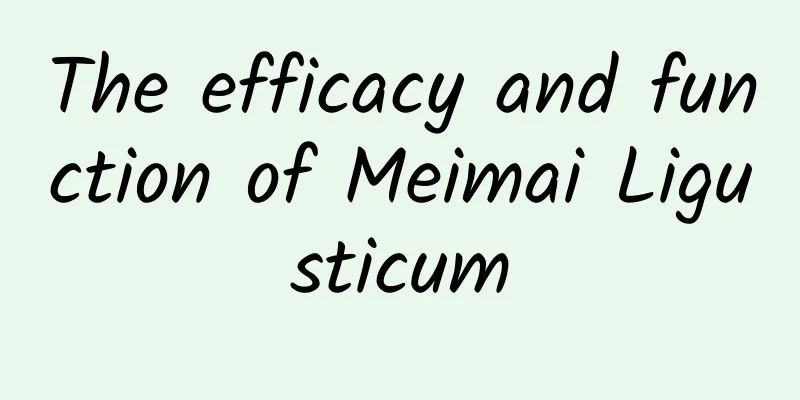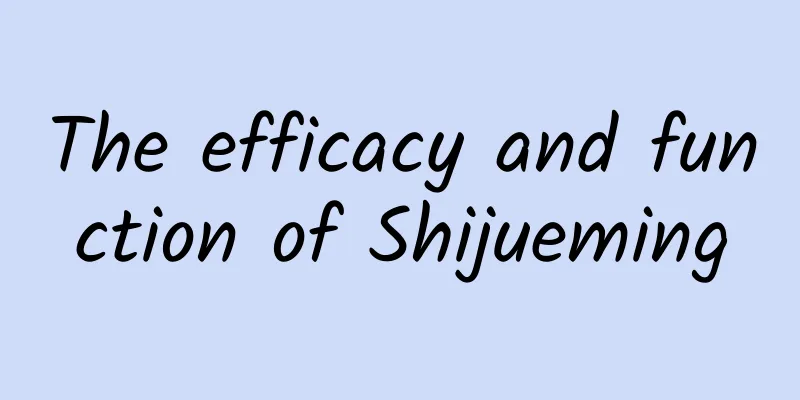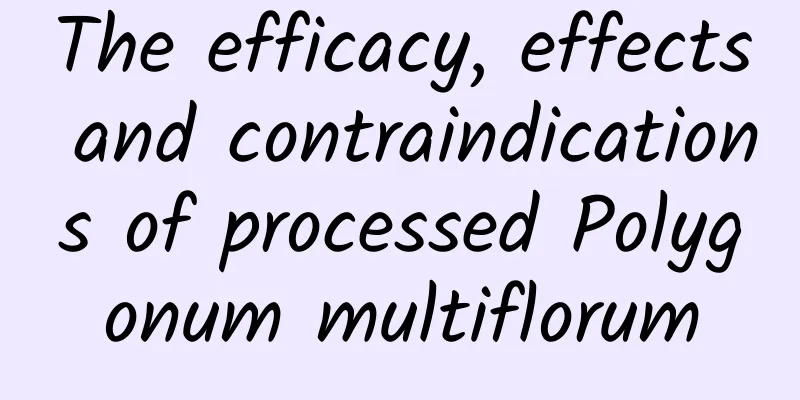The efficacy and function of Meimai Ligusticum

|
Meimai Ligusticum chuanxiong is a very common Chinese medicine and also a very important medicinal material. We need to pay attention to it. Meimai Ligusticum chuanxiong can be used in combination with other medicines, and we need to take them appropriately according to our physical condition. Let’s take a look at the main effects and functions of the traditional Chinese medicine Meimai Gaoben. 【English name】 Beauty Ligusticum [Source] Medicinal material source: It is the root of the Umbelliferae plant Ligusticum chuanxiong. [Original form] Perennial herb, 15-40cm high. The base must be covered with fibrous withered leaf sheaths. The root is about 15cm long and 1cm in diameter. Multiple forks. Stem branched from base. The petiole of the basal leaf is 2-4cm long, expanded into a sheath at the base; the leaf blade is oblong to ovate in outline, 4-8cm long, 2.5-6cm wide, pinnately divided, with 2-3 pairs of pinnae, the base pinnae have shallow serrations on the margins, the apical pinnae are oblong-lanceolate, 3-5cm long, 1.5-2cm wide, with serrations to deep fissures on the margins; there are very few leaves on the upper part of the stem, and the petioles gradually shorten to sessile. The main umbel of the compound umbel is 3-4cm in diameter; the bracts are few, pinnate-divided, and fall off early; the rays are unequal in length; the bracteoles are 4-8, pinnate-divided or tridentate, with eyelashes on the edges; the calyx teeth are 1-2; the petals are white with short claws at the base; the filaments are white, and the anthers are violet blue; the style base is raised. The fruit is flattened dorsally and ventrally, ovate, about 3mm long and 2mm wide, with 1-2 oil tubes in the dorsal groove, 2 oil tubes in the lateral groove, and 6 oil tubes on the synaptic surface. The flowering period is from June to August, and the fruiting period is September. [Habitat distribution] Ecological environment: Growing in forests and grasslands at an altitude of 2800-4000m. 【Nature and flavor】 Bitter; pungent; neutral 【Functions and indications】Disperses wind and relieves exterior symptoms; descends Qi and resolves phlegm. Mainly used for cold and headache; cough and asthma with a lot of sputum; chest distension and tightness; vomiting [Usage and Dosage] For oral use: decocted in water, 6-9g. [Discussions by various scholars] "Xinhua Compendium of Materia Medica": In Lijiang area of Yunnan, the root of Peucedanum chinense is used as medicine. 【Excerpt】 Chinese Materia Medica Regarding the Meimai Ligusticum chuanxiong introduced in the article, I hope everyone can learn more about the relevant information in daily life, so that you can correctly treat the disease when facing the troubles of the disease. |
<<: The efficacy and function of plum stem
>>: The efficacy and function of canna
Recommend
The efficacy and function of stinky oil fruit
As we all know, stinky fruit is a very common med...
What are the dangers of long-term use of kudzu root powder?
I believe everyone is familiar with Pueraria powd...
Why can't cities be without trees?
March 12, 2022 is the 44th Arbor Day. Let's p...
What is the difference between a 30 yuan kiwi and a 15 yuan kiwi? The answer is...
Many people have eaten or seen kiwi fruit and kiw...
What are the effects, functions and consumption methods of Astragalus powder?
Astragalus is a plant that is commonly eaten by o...
When is the best time to take gastrointestinal Chinese medicine?
Who knows that winter is getting closer and close...
What are the effects of Chinese medicine Gynostemma pentaphyllum
Gynostemma pentaphyllum has a cold nature and is ...
Will drinking soy milk often cause breast cancer? Women should stay away from these 5 things to protect their breasts
"Drinking soy milk can cause breast hyperpla...
The efficacy and function of a bead on the head
A bead on the top of the head is a common type of...
To be a human being, you should be like a capybara...
Capybara, the new spiritual totem of contemporary...
Beware! If you see these bugs recently, don’t take photos!
This article was reviewed by Zhang Qikai, Chinese...
Will spraying eggs with alcohol spoil them? How to disinfect fruits and vegetables bought home during the epidemic? Many people have done it wrong...
Expert of this article: Fu Shufang, Master of Foo...
This kind of "black sesame" cannot be eaten, be careful of Datura poisoning!
Datura is an annual herbaceous plant of the Solan...
The efficacy and function of walnut leaves
Walnut leaf is a common Chinese medicine. It can ...
What are the effects of soaking kudzu root and American ginseng in water?
Pueraria root is a medicinal material with high n...









